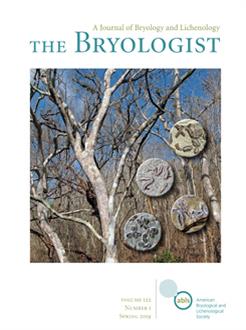In plants, hybridization between interspecific taxa leading to chromosome doubling seems to happen regularly and may be an important driver of speciation. Allopolyploid species often have morphological traits from both parents, broader ecological niches, and are hypothesized to be more common going northwards. About 20% of all Sphagnum species have been inferred to be allopolyploids. Here we describe the first allotriploid Sphagnum species in the northern hemisphere, using molecular data, Feulgen densitometry, and morphological examination. Our molecular data also supports the finding of the first polyploid species with inter-subgeneric origin between Acutifolia and Subsecunda. Morphological examination further supports this finding. The Acutifolia progenitor is likely the maternal parent of the new species, named S. ×lydiae, and it is probably S. incundum, S. ×arcticum or S. ×olafii. The Subsecunda parent could not be identified based on molecular and morphological characters. The currently known distribution of S. ×lydiae is confined to regions with arctic and subarctic climate and tundra vegetation in northern Russia.
How to translate text using browser tools
29 January 2019
Sphagnum ×lydiae, the first allotriploid peatmoss in the northern hemisphere
Magni Olsen Kyrkjeeide,
Kristian Hassel,
Blanka Aguero,
Eva M. Temsch,
Olga M. Afonina,
A. Jonathan Shaw,
Hans K. Stenøien,
Kjell Ivar Flatberg
ACCESS THE FULL ARTICLE

The Bryologist
Vol. 122 • No. 1
January 2019
Vol. 122 • No. 1
January 2019
Bryophyte evolution
hybridization
Integrative taxonomy
molecular methods
northeastern Russia
speciation




